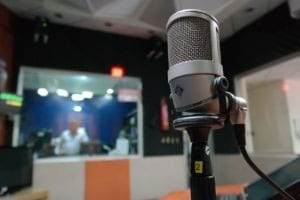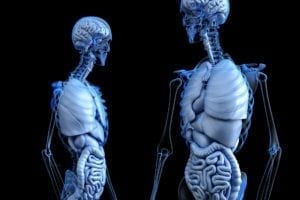Achalasia
What is achalasia?
Achalasia is a rare disorder that makes it difficult for food and liquid to pass into your stomach. Achalasia occurs when nerves in the tube connecting your mouth and stomach (esophagus) become damaged. As a result, the esophagus loses the ability to squeeze food down, and the muscular valve between the esophagus and stomach (lower esophageal sphincter) doesn’t fully relax — making it difficult for food to pass into your stomach.What are the symptoms of achalasia?
Common symptoms of achalasia include the following:- Impairment in the ability to swallow (dysphagia)
- Chest pain
- Retention of saliva and ingested food in the esophagus
- Tracheobronchial aspiration
- Persistent coughing
- Significant weight loss
- Dry eyes (keratoconjunctivitis sicca)
- Dry mouth (xerostomia)
- Higher risk of pneumonia, other pulmonary infections
- The incidence of esophageal cancer is significantly increased in patients with achalasia
What causes achalasia?
The exact cause of achalasia is not known. Some clinical researchers suspect that the condition may be caused by the degeneration of a group of nerves located in the chest (Auerbach’s plexus). It is believed that there may be a rare, inherited form of achalasia, but this is not yet well understood at this time.How is achalasia diagnosed?
After a thorough clinical examination and an observation of the symptoms of achalasia, a doctor may perform the following tests to confirm a diagnosis:- Esophageal manometry, which measures the rhythmic muscle contractions in the esophagus when swallowing, the coordination and force exerted by the esophagus muscles, and how well the lower esophageal sphincter relaxes or opens during a swallow.
- X-rays of upper digestive system. These X-rays are taken after drinking a chalky liquid that coats and fills the inside lining of the digestive tract. The coating allows the doctor to see a silhouette of the esophagus, stomach and upper intestine. Another similar procedure is a barium pill that can help show a blockage of the esophagus.
- Upper endoscopy, in which the doctor inserts a thin, flexible tube equipped with a light and camera (endoscope) down the throat, to examine the inside of the esophagus and stomach).
What are the treatments for achalasia?
Achalasia treatment focuses on relaxing or forcing open the lower esophageal sphincter so that food and liquid can move more easily through your digestive tract. Nonsurgical options include:- Pneumatic dilation, in which a balloon is inserted into the esophageal sphincter and inflated to enlarge the opening
- Botox (botulinum toxin type A), injected directly into the esophageal sphincter with an endoscope
- Muscle relaxants such as nitroglycerin (Nitrostat) or nifedipine (Procardia) before eating
- Heller myotomy: the surgeon cuts the muscle at the lower end of the esophageal sphincter to allow food to pass more easily into the stomach. The procedure can be done noninvasively (laparoscopic Heller myotomy).
- Fundoplication: the surgeon wraps the top of the stomach around the lower esophageal sphincter, to tighten the muscle and prevent acid reflux. Fundoplication might be performed at the same time as Heller myotomy, to avoid future problems with acid reflux.
- Peroral endoscopic myotomy (POEM): the surgeon uses an endoscope inserted through the mouth and down the throat to create an incision in the inside lining of the esophagus. Then, as in a Heller myotomy, the surgeon cuts the muscle at the lower end of the esophageal sphincter.
Where can I find out more about achalasia?
Achalasia Articles



Clinical Trial Shows POEM Procedure is Less Invasive and More Effective for Achalasia Treatment
Trudy Horsting
August 29, 2019
Read More »


Couple Spreads Awareness About Achalasia by Starting a Foundation
James Moore
October 31, 2018
Read More »

New Treatment for Achalasia Improves Patient’s Quality of Life
Donald Blake
April 30, 2018
Read More »

A New Procedure at UMMC Can Provide Relief For People With Achalasia
James Moore
March 21, 2018
Read More »






